VinceC
Veteran
and another, probably around f/5.6 or f/8.
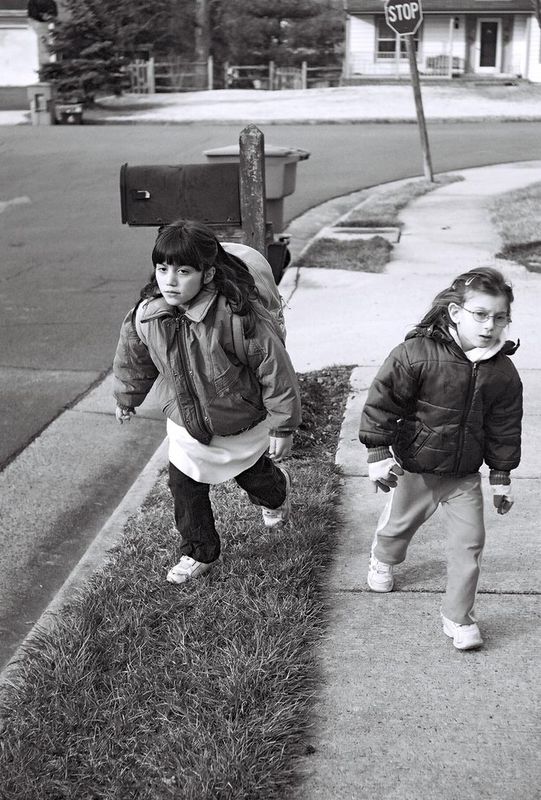

Last edited:

jja said:Wayne or Vince, a quick serial number question: What is the range for this lens? Mine has a 7-digit serial number, and most of the ones I've seen have 6.
NIKON KIU said:Nikkor-S.C 1 : 1.4 f = 5cm No. 3958xx
the Nikkor-S was produced in great numbers, probably around 80,000 to 90,000 lenses were produced including many in the screw-mount.
Last serial number recorded seems to be in the 417xxx range so makes yours pretty late production...The last ones didn't have the C after Nikkor-S
Kiu
VinceC said:The Nikkor was intentionally faster than the Zeiss lens, using generally excellent coatings that have stood up well over time, resulting in better flare control than the 1.5 Sonnar. Zeiss also had quality-control problems connected to its postwar breakup -- lenses were being built on both sides of the iron curtain -- and in any event didn't sell lenses in the LTM mount. The Nikkor has click stops. Life magazine photographers, the discriminating 35mm photographers of their era, considered the Nikkor to be sharper than Zeiss or Leitz lenses. The Nikkor 50/1.4 set the bar for modern lenses. It certainly has "bokeh" problems and was reformulated about 12 years later to address those, but by then the SLR era was in full swing.
MikeL said:Hey Vince, a slight circular pattern to the background is the pattern I occasionally see with certain backgrounds on my 35mm at 1.8. I've also seen it in posted photos from a 50mm Noctilux. Points of light and sometimes leaves are stretched slightly into ovals, and they seem to be oriented in a circular pattern around the center. If it's fuzzy enough, depending on distance or focal length like on the Noctilux, it can look fine. Occasionally on my 35mm it looks a bit trippy.
VinceC said:Also, history and dates are important, because they show cause and effect. Duncan (and many others who didn't write technical notes in the back of their books) discovered Nikon lenses in spring/summer of 1950, and the Korean War broke out in the summer. They didn't have time to wait for Oberkockhen to get its act together in 1951. Zeiss fixing its quality control was a direct response to Nikkors having outscored Zeiss on a lens test by a U.S. magazine, highlighted by a New York Times photo reviewer. Zeiss blamed sample variation due to an Eastern German manufacture and got a retest in which both lenses (the Sonnar and Nikkor) peformed equally.
In my opinion, the dispute over whose was marginally better quickly became secondary. The real story is that Japanese companies were matching German quality while also constantly innovating and tweaking. Within two and three years, Nikon and Canon were introducing lenses that were significantly wider and/or faster than their German competitors, and putting them in mounts that could be used by German cameras. Soviet designs remained static and were largely unavailable outside of the Soviet trading bloc.
ferider said:Like Mike I have seen that circular pattern with other lenses as well.
------------------------------
Message: 25
Date: Fri, 06 Oct 2006 22:45:28 -0400
From: "Dan Chang" <sdnk2001@hotmail.com>
Subject: [Leica] FS: Nikon LTM 50/1.4 $300
To: lug@leica-users.org
Message-ID: <BAY113-F11533E6A12539D202FA505DE100@phx.gbl>
Content-Type: text/plain; format=flowed
SN# 32xxxx, KEH EX grade, with back and fron cap. the lens was CLAed about 3
year ago, so focus is smooth, aperture is clean and dry, lens is clean with
out fogging, no clean marks. I find this lens has veil flare when used at
f1.4 which I do not like very much and the bokeh some time kind of ugly. you
can see post here about pictures at 1.4
http://www.rangefinderforum.com/forums/showthread.php?p=389750#post389750
See picture here
http://www.photo.net/bboard/q-and-a-fetch-msg?msg_id=00IL92&tag=
------------------------------
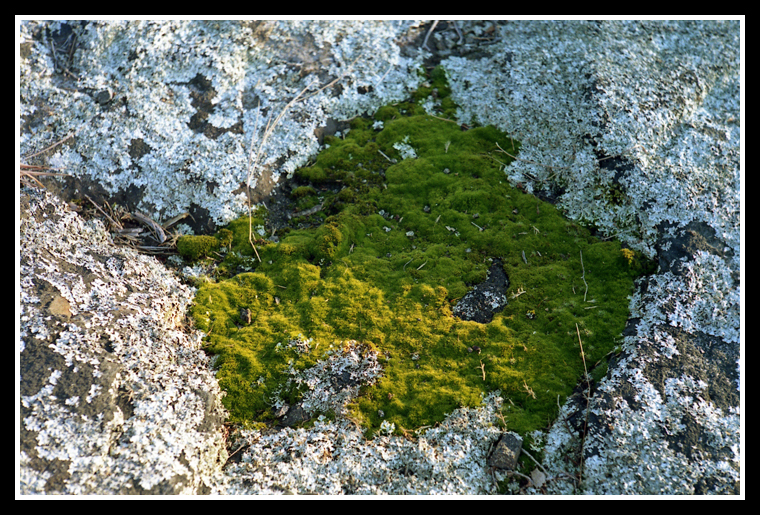
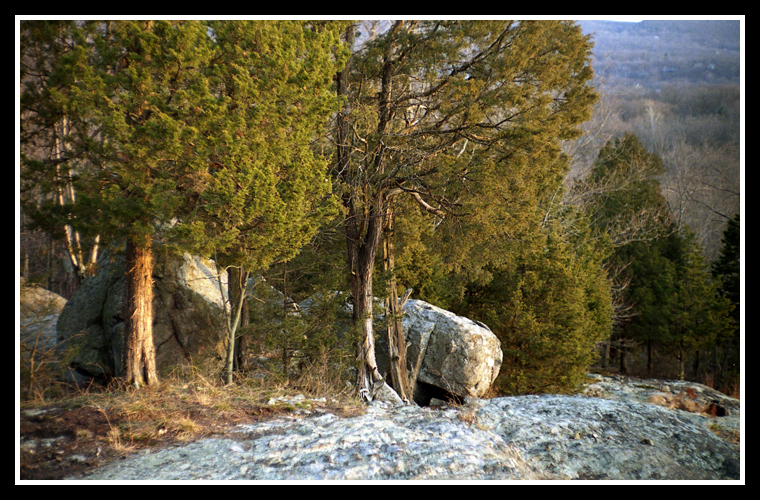
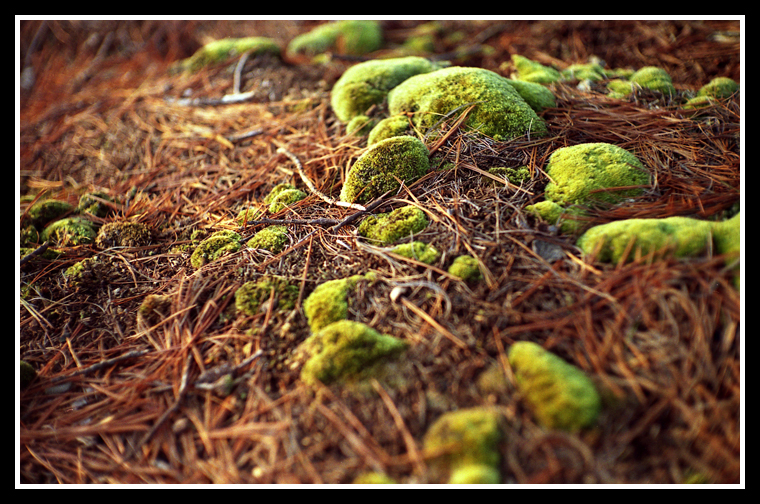
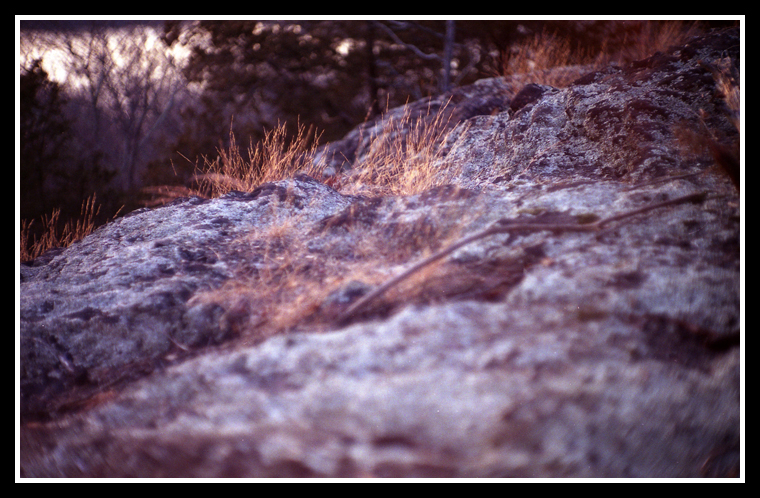
trittium said:sorry about that! I didn't know this thread existed

